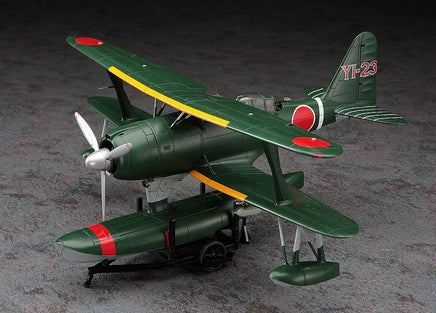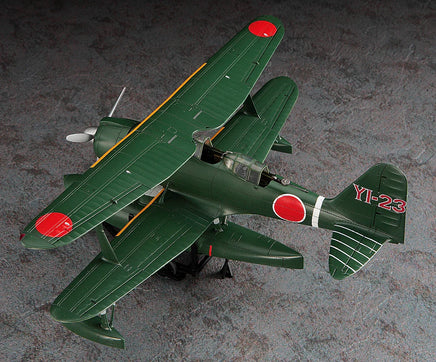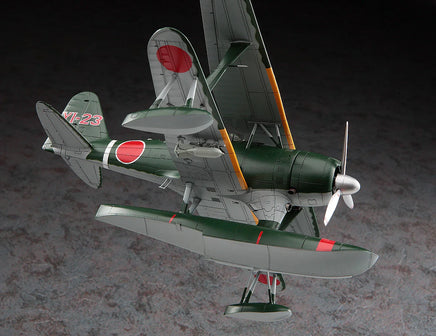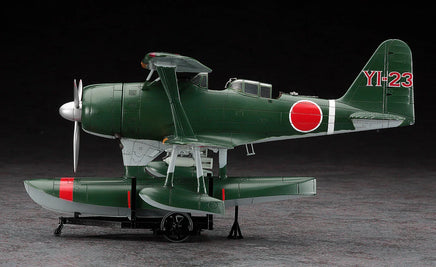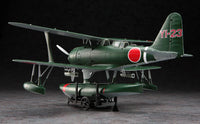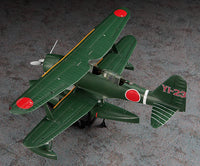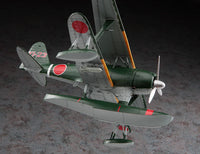The Type 0 Observation Seaplane (official designation: Type 0 Observation Aircraft) was developed to take over the roles previously carried out by carrier-based reconnaissance seaplanes, such as reconnaissance and artillery spotting. The design requirements emphasized improved climb performance, maneuverability, and speed.
Surpassing the well-known seaplane manufacturers Aichi and Kawanishi, the Type 0 Observation Aircraft was officially adopted. With a streamlined and efficient appearance, it featured a biplane design that, despite its structure, did not feel outdated. It was employed in a wide range of roles, including patrol, reconnaissance, and convoy escort. Thanks to its excellent maneuverability, it was even used in interception missions, and it also carried small bombs for attacking ships and other targets — proving its multi-role versatility.
By 1944 (Showa 19), approximately 1,000 units had been produced.
Specifications:
- Crew: 2
- Wingspan: 11.00 m
- Length: 9.50 m
- Height: 4.00 m
- Empty weight: 1,928.5 kg
- Loaded weight: 2,550 kg
- Engine: Zuisei Model 13
- Rated output: 800 hp (at 4,000 m altitude)
- Maximum speed: 370 km/h
- Armament:
- 2 × Type 97 7.7 mm fixed forward-firing machine guns
- 1 × Type 92 7.7 mm flexible rear-mounted machine gun




